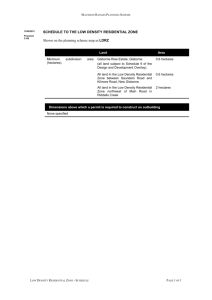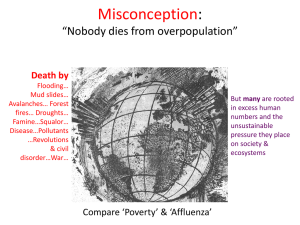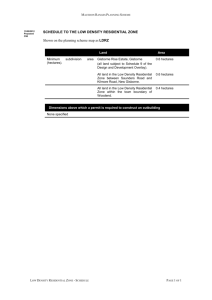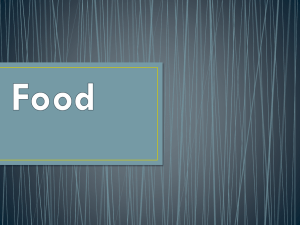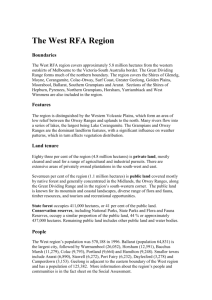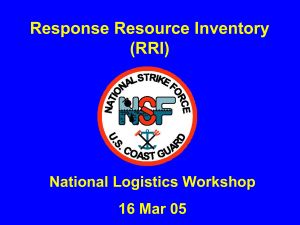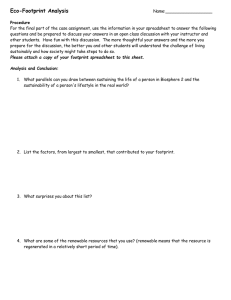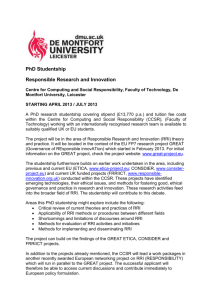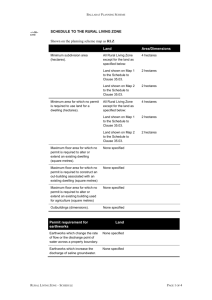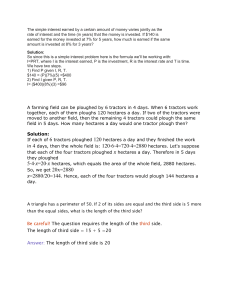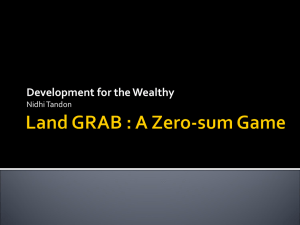The great, global land grab - The Organic Research Centre
advertisement
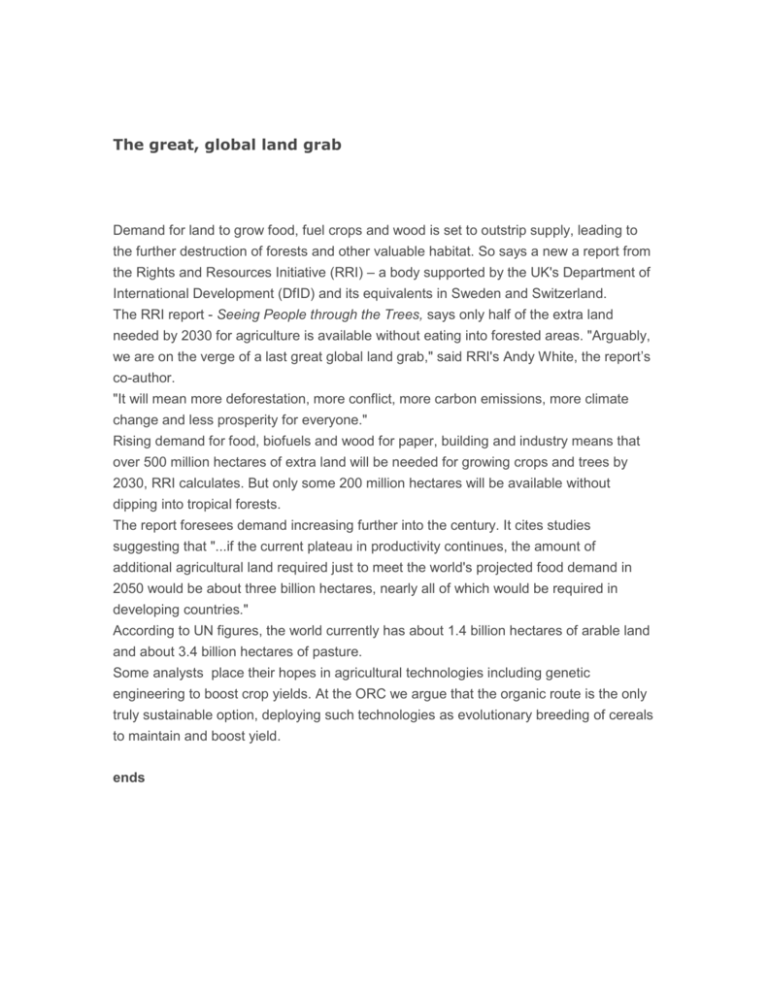
The great, global land grab Demand for land to grow food, fuel crops and wood is set to outstrip supply, leading to the further destruction of forests and other valuable habitat. So says a new a report from the Rights and Resources Initiative (RRI) – a body supported by the UK's Department of International Development (DfID) and its equivalents in Sweden and Switzerland. The RRI report - Seeing People through the Trees, says only half of the extra land needed by 2030 for agriculture is available without eating into forested areas. "Arguably, we are on the verge of a last great global land grab," said RRI's Andy White, the report’s co-author. "It will mean more deforestation, more conflict, more carbon emissions, more climate change and less prosperity for everyone." Rising demand for food, biofuels and wood for paper, building and industry means that over 500 million hectares of extra land will be needed for growing crops and trees by 2030, RRI calculates. But only some 200 million hectares will be available without dipping into tropical forests. The report foresees demand increasing further into the century. It cites studies suggesting that "...if the current plateau in productivity continues, the amount of additional agricultural land required just to meet the world's projected food demand in 2050 would be about three billion hectares, nearly all of which would be required in developing countries." According to UN figures, the world currently has about 1.4 billion hectares of arable land and about 3.4 billion hectares of pasture. Some analysts place their hopes in agricultural technologies including genetic engineering to boost crop yields. At the ORC we argue that the organic route is the only truly sustainable option, deploying such technologies as evolutionary breeding of cereals to maintain and boost yield. ends
